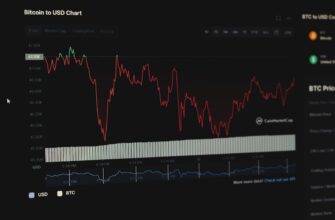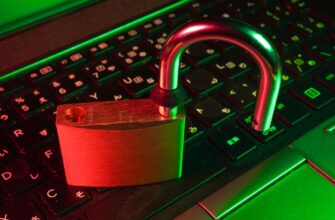In 2025, the demand for data privacy and anonymity has reached unprecedented levels, especially in industries reliant on digital ledgers. Whether you’re managing financial records, blockchain transactions, or personal data, anonymizing your ledger is critical to protecting sensitive information. This guide provides a comprehensive overview of the best practices, tools, and step-by-step methods to anonymize your ledger in 2025. From cryptographic techniques to privacy-focused tools, this article will help you navigate the complexities of ledger anonymity.
### Key Methods for Anonymizing Your Ledger in 2025
Anonymizing a ledger involves removing or obscuring personally identifiable information (PII) while preserving the integrity of the data. Here are the most effective methods for 2025:
1. **Cryptographic Hashing**: Use cryptographic hashing to anonymize data by converting sensitive information into a unique, untraceable string. For example, $$ ext{SHA-256}(text{data})$$ generates a fixed-size hash that cannot be reversed, ensuring data remains anonymous.
2. **Zero-Knowledge Proofs (ZKPs)**: Implement ZKPs to verify the authenticity of a ledger without revealing the underlying data. This technique is ideal for blockchain applications where privacy is paramount.
3. **Data Masking**: Mask sensitive fields (e.g., names, addresses) with placeholders or random data. For instance, $$ ext{mask}(text{SSN})$$ replaces a Social Security Number with a generic identifier.
4. **Pseudonymization**: Replace real identities with pseudonyms (e.g., $$text{ID}_text{pseudo}$$) to maintain data utility while ensuring anonymity.
### Step-by-Step Guide to Anonymizing Your Ledger
Follow these steps to ensure your ledger remains secure and compliant with 2025 privacy regulations:
1. **Assess the Ledger**: Identify sensitive data types (e.g., personal identifiers, financial records) and determine the level of anonymity required.
2. **Choose a Method**: Select a technique based on your needs. For example, use cryptographic hashing for immutable data or pseudonymization for user records.
3. **Implement the Solution**: Apply the chosen method using tools like Tails, Tor, or privacy-focused software. For example, $$text{anonymize}(text{ledger})$$ could be processed through a decentralized ledger platform.
4. **Test and Validate**: Verify that the anonymized data retains its utility while ensuring no sensitive information is exposed. Use test cases to confirm the effectiveness of your method.
5. **Monitor and Update**: Regularly review the ledger for vulnerabilities and update anonymization protocols as new threats emerge.
### Tools and Resources for Anonymizing Your Ledger in 2025
Several tools and resources are designed to simplify the process of anonymizing ledgers. Here are the top options:
– **Tails**: A privacy-focused operating system that anonymizes data through encrypted communication and data masking.
– **Tor Network**: Use Tor to anonymize IP addresses and data transmission, ensuring your ledger remains untraceable.
– **Privacy-Focused Blockchains**: Platforms like Monero or Zcash use cryptographic techniques to anonymize transactions.
– **Data Anonymization Software**: Tools like OpenAnonymize or PrivacyBeacon offer automated solutions for masking and encrypting sensitive data.
### FAQ: Common Questions About Ledger Anonymization
**Q: How effective is cryptographic hashing for anonymizing a ledger?**
A: Cryptographic hashing is highly effective, as it ensures data remains untraceable. However, it’s important to use strong algorithms like SHA-256 to prevent collisions.
**Q: What are the best tools for anonymizing a ledger in 2025?**
A: The best tools include Tails, Tor, privacy-focused blockchains, and data anonymization software. Choose based on your specific use case and data sensitivity.
**Q: Can I anonymize a ledger without using advanced tools?**
A: Yes, basic methods like data masking or pseudonymization can be used for low-sensitivity data. However, for high-security requirements, advanced tools are recommended.
**Q: How do I ensure compliance with 2025 privacy regulations?**
A: Follow guidelines from regulatory bodies like the GDPR or CCPA. Ensure your anonymization methods align with legal requirements and regularly audit your processes.
**Q: What are the risks of not anonymizing a ledger?**
A: Failure to anonymize a ledger can lead to data breaches, legal penalties, and loss of user trust. Sensitive information may be exposed to hackers or unauthorized parties.
By following these best practices and leveraging the right tools, you can ensure your ledger remains secure and compliant in 2025. Anonymization is not just a technical process—it’s a critical step in protecting privacy in an increasingly digital world. Stay informed, stay secure, and prioritize anonymity in your data management strategies.








